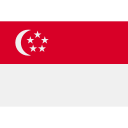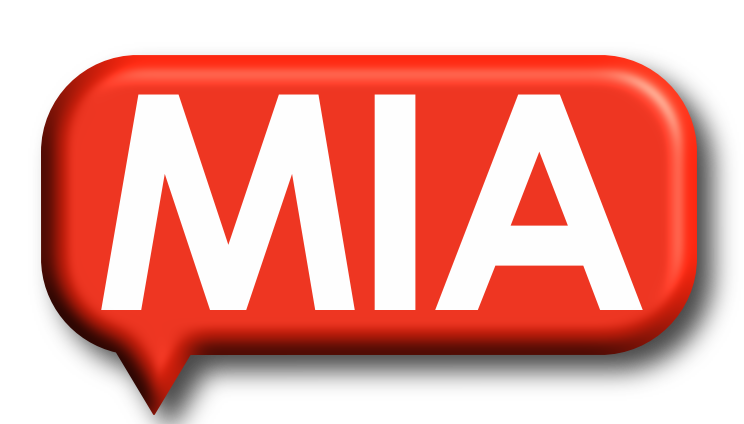Trusted platform, secured by
Looking for a Long-Term Rental?
Compare and secure the most competitive rates for 6 months, 1 year, or even 2 years here!
Drone Aerial Scanning & Modelling For Rent
Rent Drone Aerial Scanning & Modelling [With operator] across undefined with top-quality equipment at the best rental rates on Antbuildz. Instantly compare units from multiple suppliers across all specifications in one place. Looking to buy? Browse here!
No Equipment Found
It appears that the categories may be fully rented at the moment. However, the Antbuildz team has strong connections with suppliers across South East Asia. Please feel free to drop us a message in the inbox, and we will gladly assist you in addressing your equipment needs
Explore More Items!
About Drone Aerial Scanning & Modelling :
1. What Is Drone Aerial Scanning & Modelling?
Drone aerial scanning and 3D modeling involves using unmanned aerial vehicles (UAVs) equipped with high-precision sensors, cameras, or LiDAR to capture detailed topographic, structural, and site data from above. The data is then processed into 2D maps, 3D models, point clouds, and orthomosaic images used in engineering, construction, surveying, mining, and land development. Common use cases include:
- Construction site progress tracking
- Topographic and boundary surveys
- Stockpile volume measurements
- Infrastructure and utility mapping
- Land planning and development
- Environmental and erosion assessments
This technology replaces traditional ground-based survey methods with faster, safer, and more detailed aerial data capture.
2. Why Use Drone Aerial Scanning & Modelling in Malaysia?
- High-Precision Data Collection: Drones equipped with LiDAR, RTK GPS, and photogrammetry capabilities can capture highly accurate topographic, volumetric, and structural data.
- Rapid Project Turnaround: Aerial scanning covers large areas quickly—much faster than traditional land surveys, reducing project timelines significantly.
- Cost-Efficient Surveying: Minimize the need for manual labor, heavy equipment, and long field hours, especially in remote or challenging terrains.
- Access Difficult Terrain: Easily scan hazardous, inaccessible, or sensitive sites such as quarries, forested areas, coastal lines, or active construction zones.
- Detailed 3D Models & Maps: Generate orthomosaic maps, digital surface models (DSM), digital terrain models (DTM), point clouds, and 3D mesh models for planning, design, and reporting.
- Supports a Wide Range of Industries: Ideal for construction, mining, agriculture, oil & gas, environmental monitoring, utilities, and infrastructure projects.
- Improved Decision Making: With detailed aerial insights, engineers, architects, and planners can make more informed decisions at every project phase.
- Regulatory & Compliance Support: Help meet surveying standards required for approvals, documentation, and environmental assessments.
- Seamless Integration with GIS & BIM: Drone data can be easily imported into CAD, GIS, and BIM platforms for advanced analysis and visualization.
- Reduces On-Site Disruption: Non-invasive method allows ongoing operations or construction to continue while scanning is performed overhead.
3. How to Choose a Drone Aerial Scanning & Modelling Service in Malaysia?
- Ensure Licensed Drone Operators: Work with CAAM-certified drone service providers who are authorized to fly commercially in Malaysia.
- Evaluate Equipment & Technology: Check if the drones are equipped with advanced sensors such as LiDAR, RTK GNSS, multispectral cameras, or high-res photogrammetry kits.
- Ask for Sample Projects: Review previous deliverables to assess model detail, accuracy, and relevance to your project needs.
- Confirm Data Accuracy Standards: Ensure that the service adheres to survey-grade accuracy requirements (e.g., sub-5cm RMSE) for critical engineering applications.
- Understand the Deliverables: Clarify whether the outputs include point clouds, orthophotos, contour maps, 3D models, and compatibility with your software tools.
- Check Data Processing Capabilities: Ensure the provider can handle post-processing, geo-referencing, and quality assurance in-house or through certified professionals.
- Assess Industry Expertise: Choose a provider with experience in your industry—be it construction, infrastructure, utilities, or agriculture.
- Verify Safety & Insurance: Make sure the drone operator holds liability insurance and follows safety protocols in line with aviation and workplace standards.
- Compare Project Scope & Pricing: Review what’s included in the scope—flight planning, data processing, reporting, and site revisit options—to ensure value for money.
- Request a Consultation: Engage in a discussion to align the service with your goals, regulatory needs, and integration workflows.




































 Menara MBMR, 1 Jalan Syed Putra , 3-03a, 58000 KL , Malaysia
Menara MBMR, 1 Jalan Syed Putra , 3-03a, 58000 KL , Malaysia







